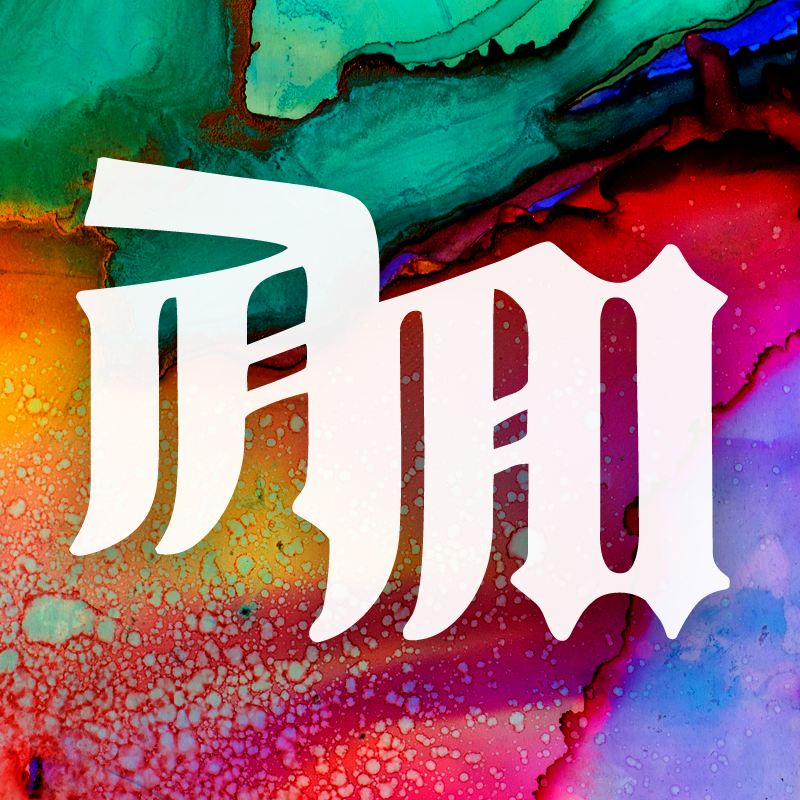Use the Launcher to start applications
The Launcher is one of the key components of the Unity desktop. When you log in to your desktop, it will appear along the left-hand side of the screen. The Launcher provides you with quick access to applications, workspaces, removable devices and the trash. If an application that you want to start using is present in the Launcher, you can click on that application's icon, and it will start up, ready for you to use.
The Launcher Icon Menus
Right clicking on a Launcher icon will reveal a menu of actions. The actions available depend on whether the icon is locked to the launcher or not, if the icon is for an application whether it's running or not, and on the specific icon itself. Available actions can include the following.
1. Launching the application or opening the document, folder, or device
2. Unlocking the icon from the Launcher if it was previously locked
3. Locking the icon to the Launcher if it was previously not locked
4. Quitting the application if it's running
5. Switching between application instances or windows if there is more than one instance or window
6. Application-specific shortcuts such as open a new document or window
What do the different shapes and colors in Launcher icons mean?
When you start an app, the Launcher icon pulses to let you know that Ubuntu is starting your application. This is useful because while some applications start immediately, others may take a minute to load.
Once the application has finished starting, a set of small white pip will show to the left and right of the Launcher square. Additional pips will appear on the left of the Launcher square as additional windows of the same application are open (i.e. two pips that you have two windows of the same application open; three pips means three windows). If you have more than three windows of the same application open, only three pips will show.
Notifications
If an application wants your attention to notify you of something (like a finished download), the Launcher icon will wiggle and glow and the white pip will become blue. Click the Launcher icon to dismiss the notification.
Applications can also show a number on their Launcher icon. Messaging applications use the number to tell you how many unread messages you have. Software Updater uses it to tell you how many updates are available.
Finally, applications can use a progress bar to let you know how long a process is taking without you needing to keep the application window in view.
